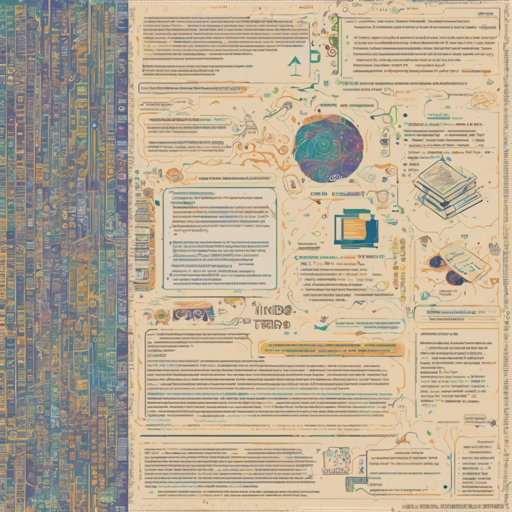The Indic NLP Library is an innovative Python-based toolkit designed to handle common text processing and Natural Language Processing (NLP) tasks in Indian languages. Just like a toolbox filled with various tools for repairs and installations, this library equips developers with essential functionalities tailored for the rich linguistic diversity found across India.
Key Functionalities
- Text Normalization
- Script Information
- Word Tokenization and Detokenization
- Sentence Splitting
- Word Segmentation
- Syllabification
- Script Conversion
- Romanization
- Indicization
While certain APIs like _Shatanuvadak_ translation and _BrahmiNet_ transliteration are no longer supported, you can still utilize newer models such as IndicTrans for translation and IndicXlit for transliteration. Both can be found on the AI4Bharat homepage where many state-of-the-art datasets and models reside.
Pre-requisites for Installation
Before you dive into the installation, ensure you have the following at your disposal:
- Python 3.x (Check the tag PYTHON_2.7_FINAL_JAN_2019 for Python 2.x compatibility)
- Indic NLP Resources
- Urduhack (needed only if Urdu normalization is required)
Configuration and Installation
You can install the Indic NLP Library easily via pip or directly from the GitHub repository. Here’s how:
1. Installation from pip:
pip install indic-nlp-library2. Installation from GitHub:
- Clone the repository
- Install dependencies:
pip install -r requirements.txt - Run the following command to add the project to the Python Path:
export PYTHONPATH=$PYTHONPATH:project_base_directory
In either case, export the path to the Indic NLP Resources directory:
export INDIC_RESOURCES_PATH=path_to_Indic_NLP_resourcesUsage
With the library installed, you can access all its features through the Python API. For convenience, many common operations are also available via a unified command-line interface. To get started, check out this IPython Notebook for more examples.
There’s also a Python 2.x Notebook available here.
Documentation
For detailed insights regarding the Python API and the command line reference, you can visit the documentation HERE.
Troubleshooting
If you encounter issues during installation or usage, consider the following troubleshooting steps:
- Check your Python version to ensure compatibility with the library.
- Ensure that all necessary dependencies are installed as outlined in the setup instructions.
- Verify that the paths for INDIC_RESOURCES_PATH are set correctly.
- If any specific functionalities are not working, consult the library’s documentation for possible updates or changes.
For more insights, updates, or to collaborate on AI development projects, stay connected with fxis.ai.
Conclusion
At fxis.ai, we believe that such advancements are crucial for the future of AI, as they enable more comprehensive and effective solutions. Our team is continually exploring new methodologies to push the envelope in artificial intelligence, ensuring that our clients benefit from the latest technological innovations.

